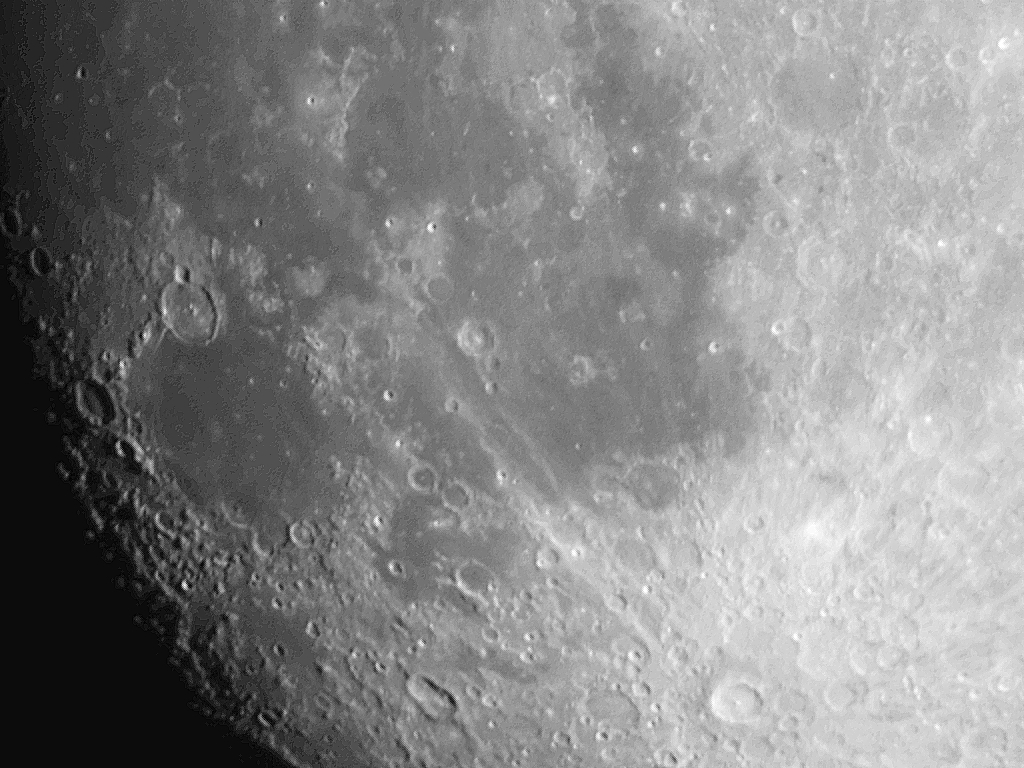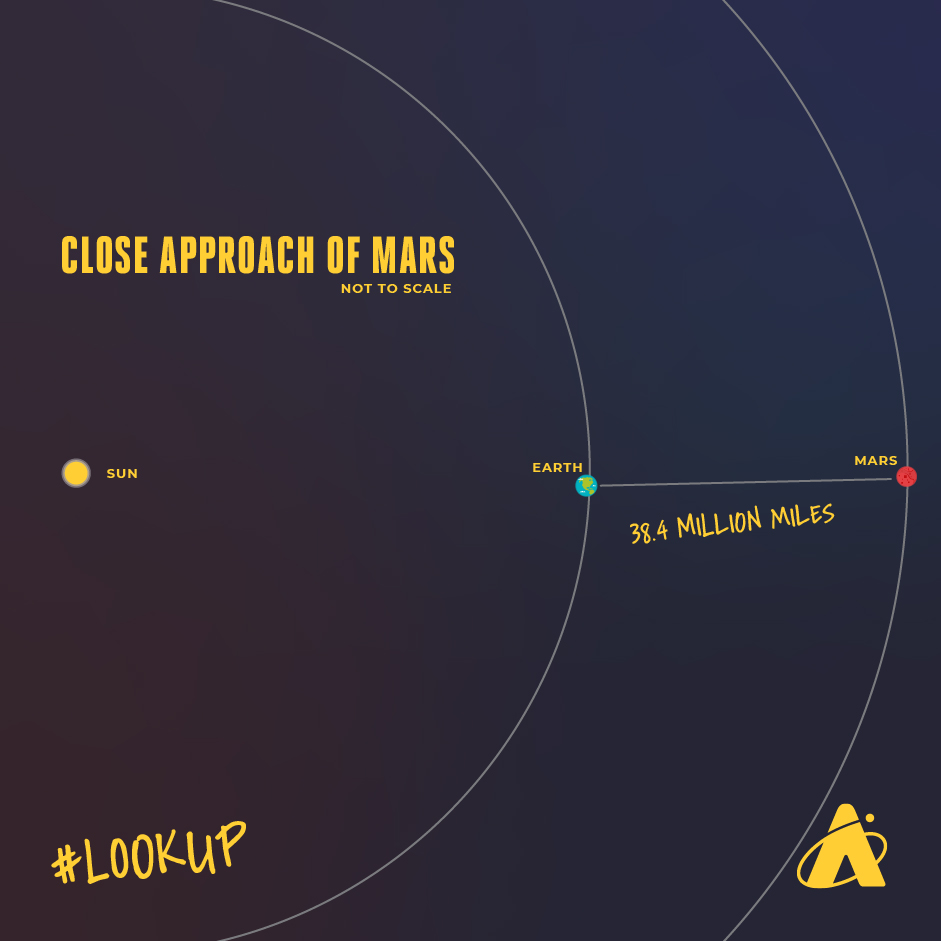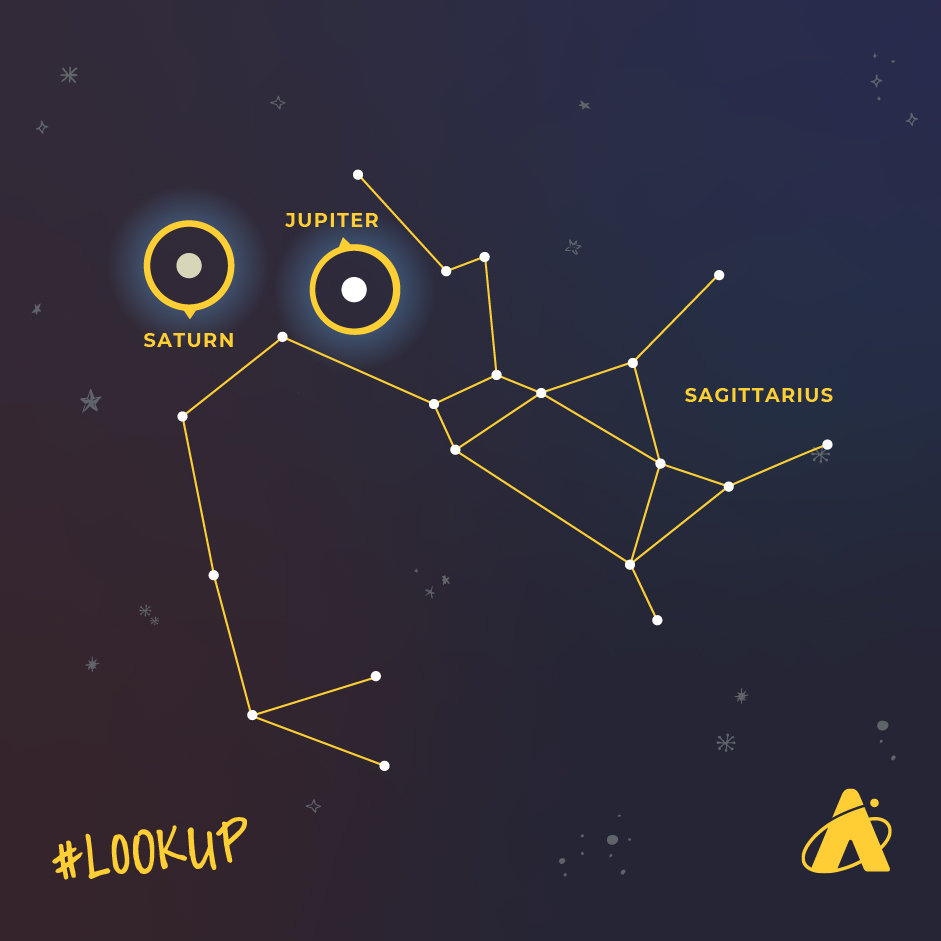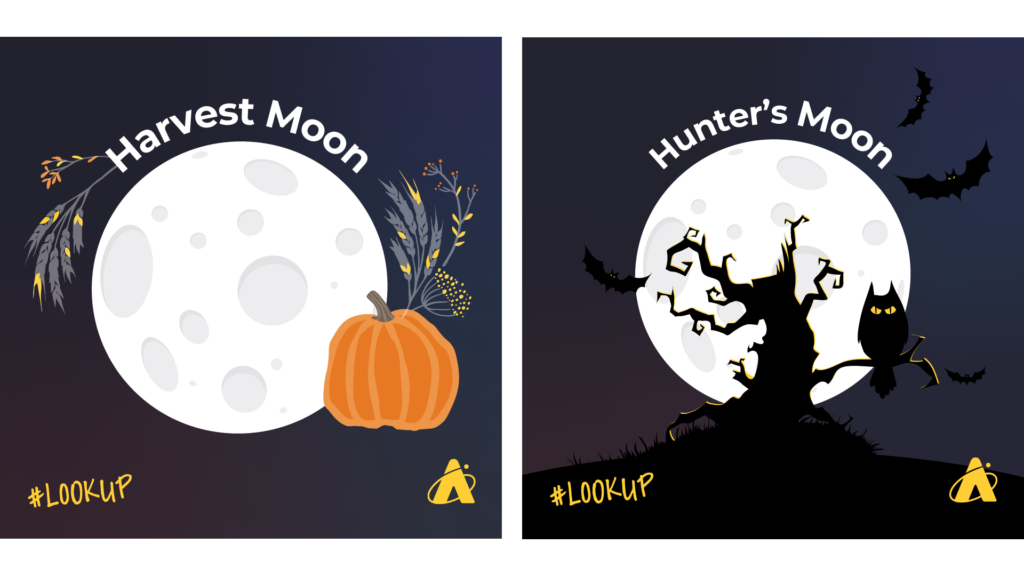Adler Skywatch: October 2020

Header Image: Up close image of the Moon taken by an Adler Planetarium astronomer in June 2020. Image Credit: Michelle Nichols
The “Red Planet” is at its closest and brightest for the year this month, October 2020.
On the 6th, the planet Mars reaches its closest point to Earth for the next 15 years. In addition, it reaches opposition—the opposite point from the Sun in the sky —on the 13th. These factors make Mars appear exceptionally bright this month, up to minus-2.6 magnitude at its brightest. It rises in the east during late-evening twilight, and it’s high in the southern sky during the hours around midnight. Mars sets in the west shortly before morning twilight early in the month, and during morning twilight later in the month. The evening of the 2nd and morning of the 3rd, look for Mars near a waning gibbous Moon; and on the evening of the 29th and morning of the 30th, it’s near a waxing gibbous Moon.

Though it’s dimmer than Mars this month, the planet Jupiter is still very bright—brighter than minus-2 magnitude—and easily visible in the evening. Look for it shortly after sunset, when it’s about 25 degrees high in the southern sky. A few degrees to the left of Jupiter is the planet Saturn, which is not as bright but still readily seen in clear skies. The night of the 22nd, the pair form a neat, small triangle along with a waxing crescent Moon. Jupiter and Saturn are very low in the southwest sky late in the evening.

Though Mars is brighter than Jupiter this month, the planet Venus surpasses them both in brilliance. This month it’s brighter than minus-4 magnitude, rising in the east shortly before morning twilight starts. A very thin waning crescent Moon appears nearby the mornings of the 13th and 14th. Venus gets about 30 degrees high in the east-southeast sky by the time dawn’s light makes it hard to view.
The planet Mercury appears so close to the Sun this month that it’s very difficult or impossible to see.
In the Chicago area, there are two Full Moons this month. The Full Harvest Moon (the Full Moon closest to the autumnal equinox, which was on September 22nd) is on the 1st. The Full Moon after the Harvest Moon is traditionally called the Hunters’ Moon. This year the Hunter’s Moon is on Halloween, the 31st. Enjoy this Halloween Full Moon while you can, since it occurs only about every 18 or 19 years.

1st Full Moon: October 1st
Last Quarter Moon: October 9th
New Moon: October 16th
First Quarter Moon: October 23rd
2nd Full Moon: October 31st
Please note that these descriptions are for the Chicago area, using Central time.
Watch two exclusive episodes of Sky Observers Hangout and Mars themed Skywatch Weekly episode to learn more about the Red Planet and how to view it all month long! Our astronomy educators will tell you about the close approach of Mars on October 6th, and how to observe Mars during its opposition on October 13th. If (fingers crossed) the weather cooperates, our astronomers will show you live telescope views of our celestial neighbors during both of these Sky Observers Hangout episodes.






